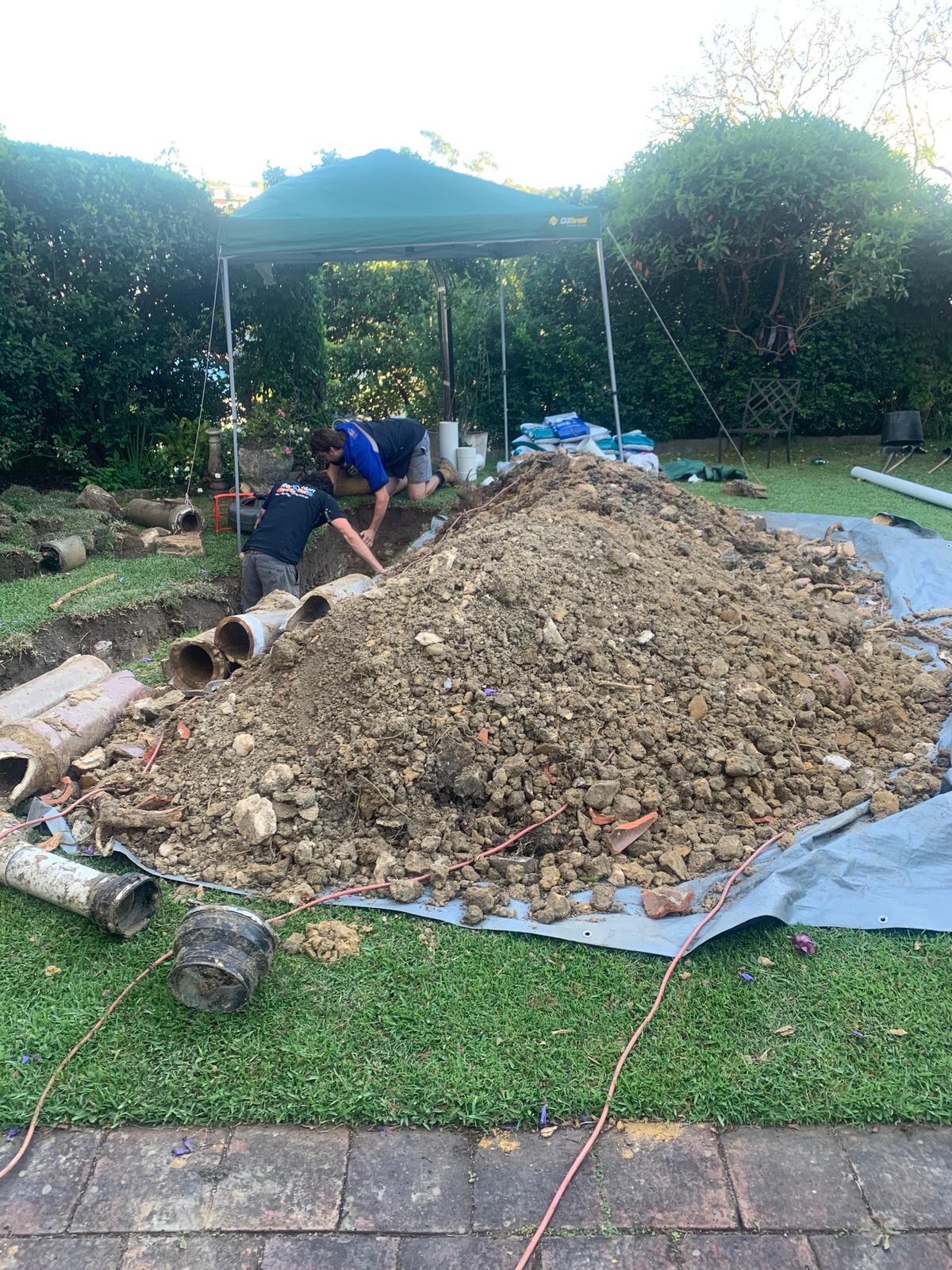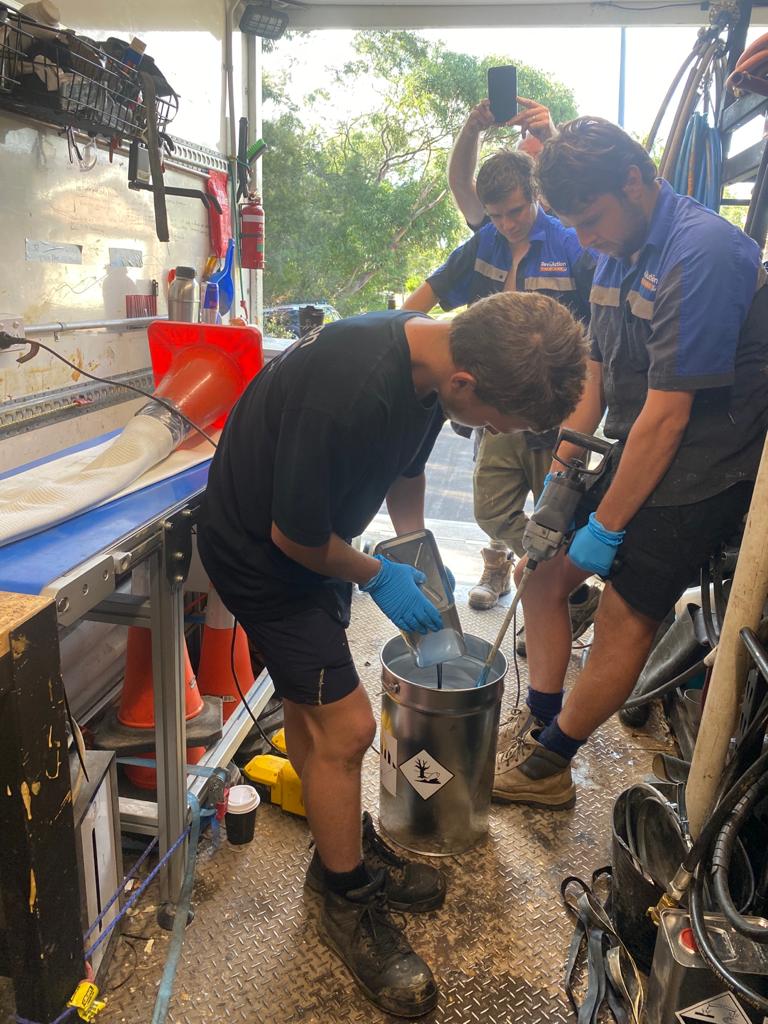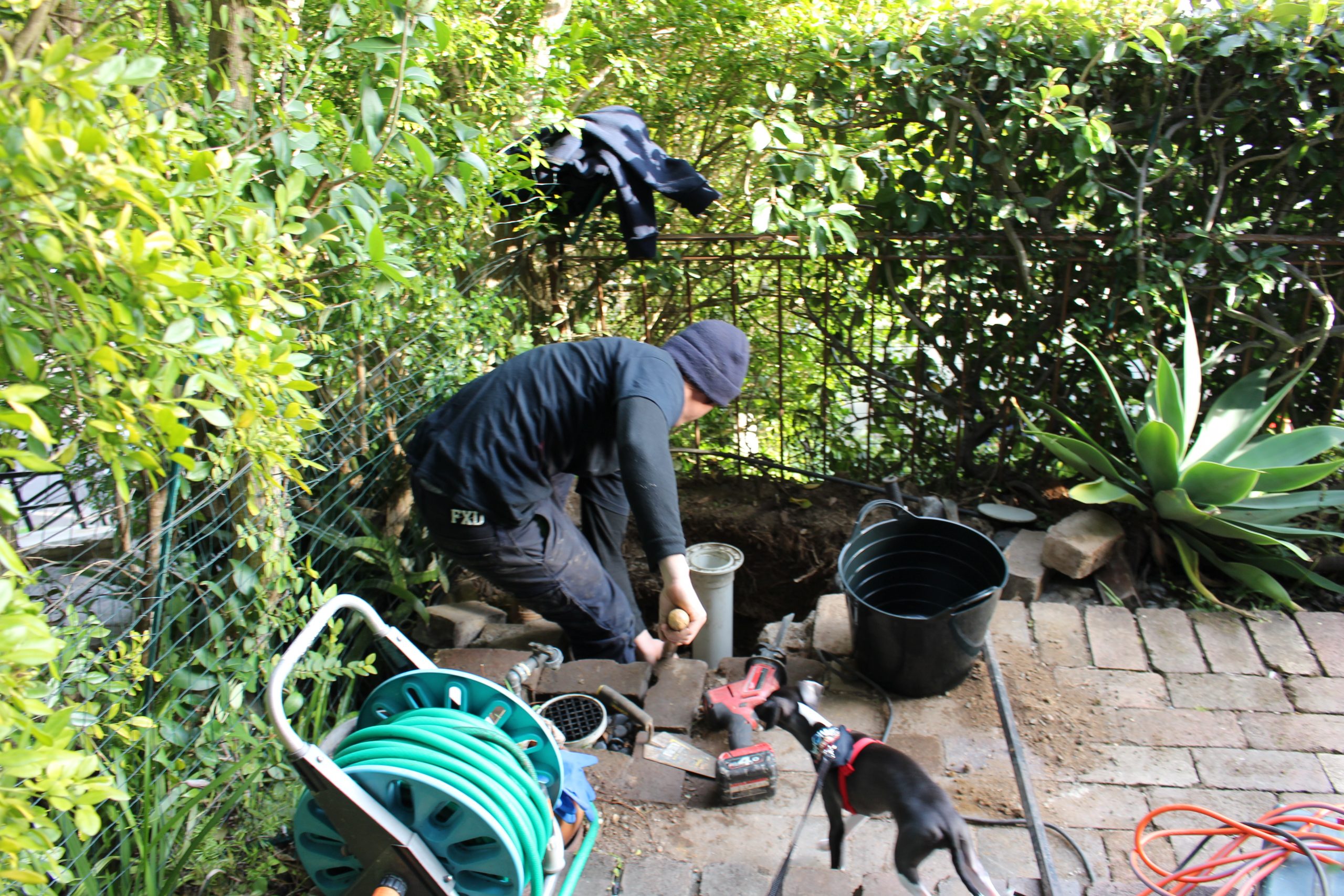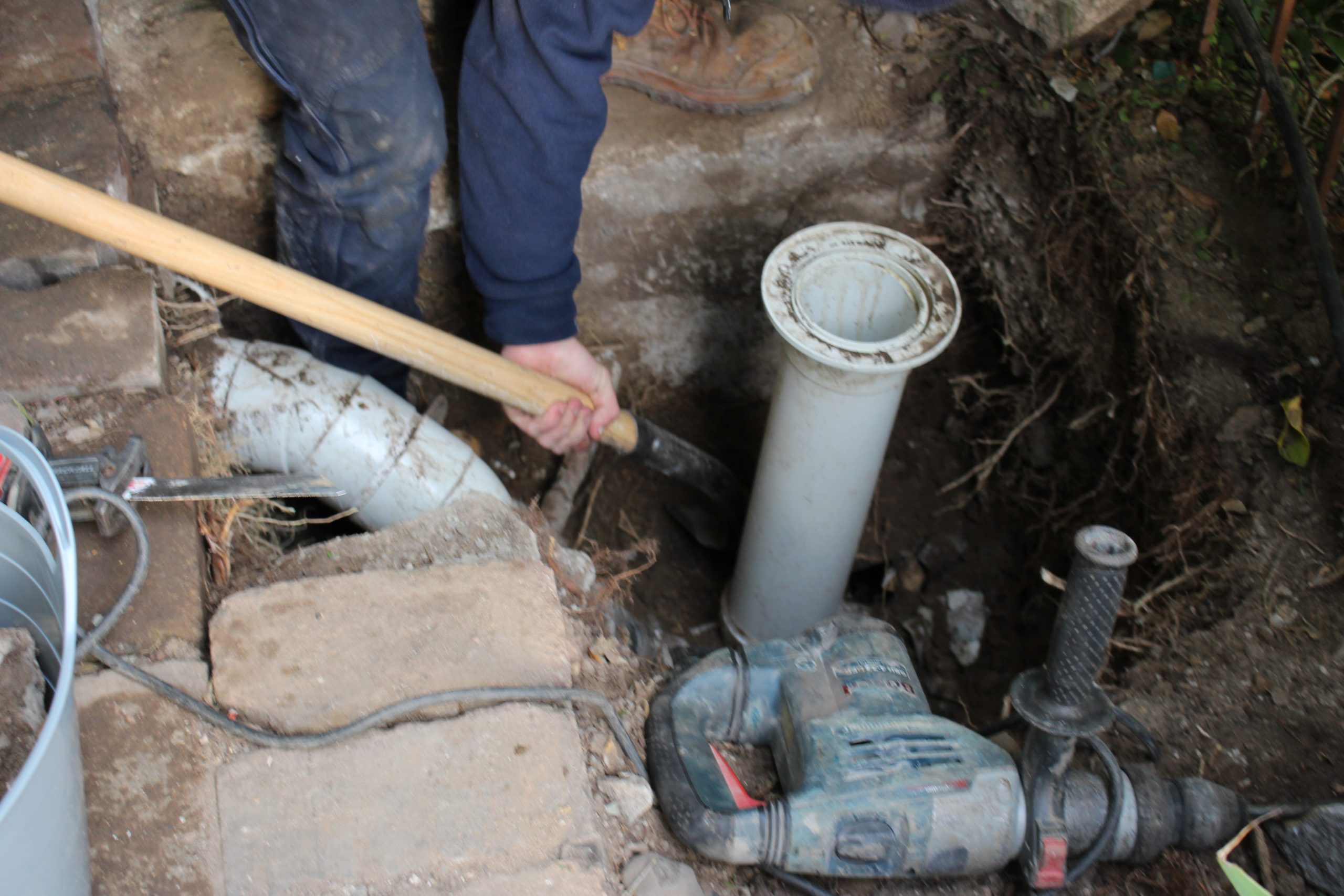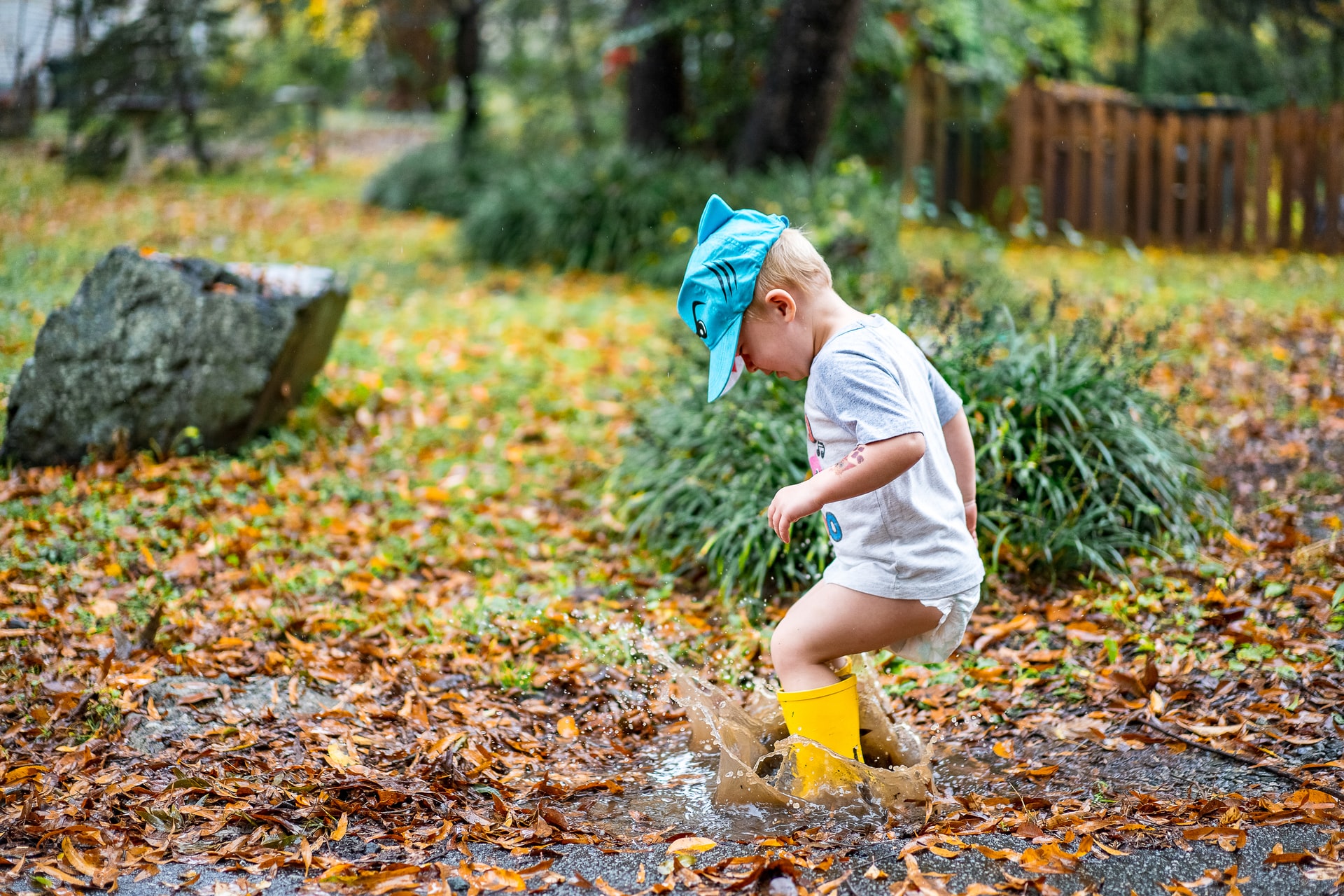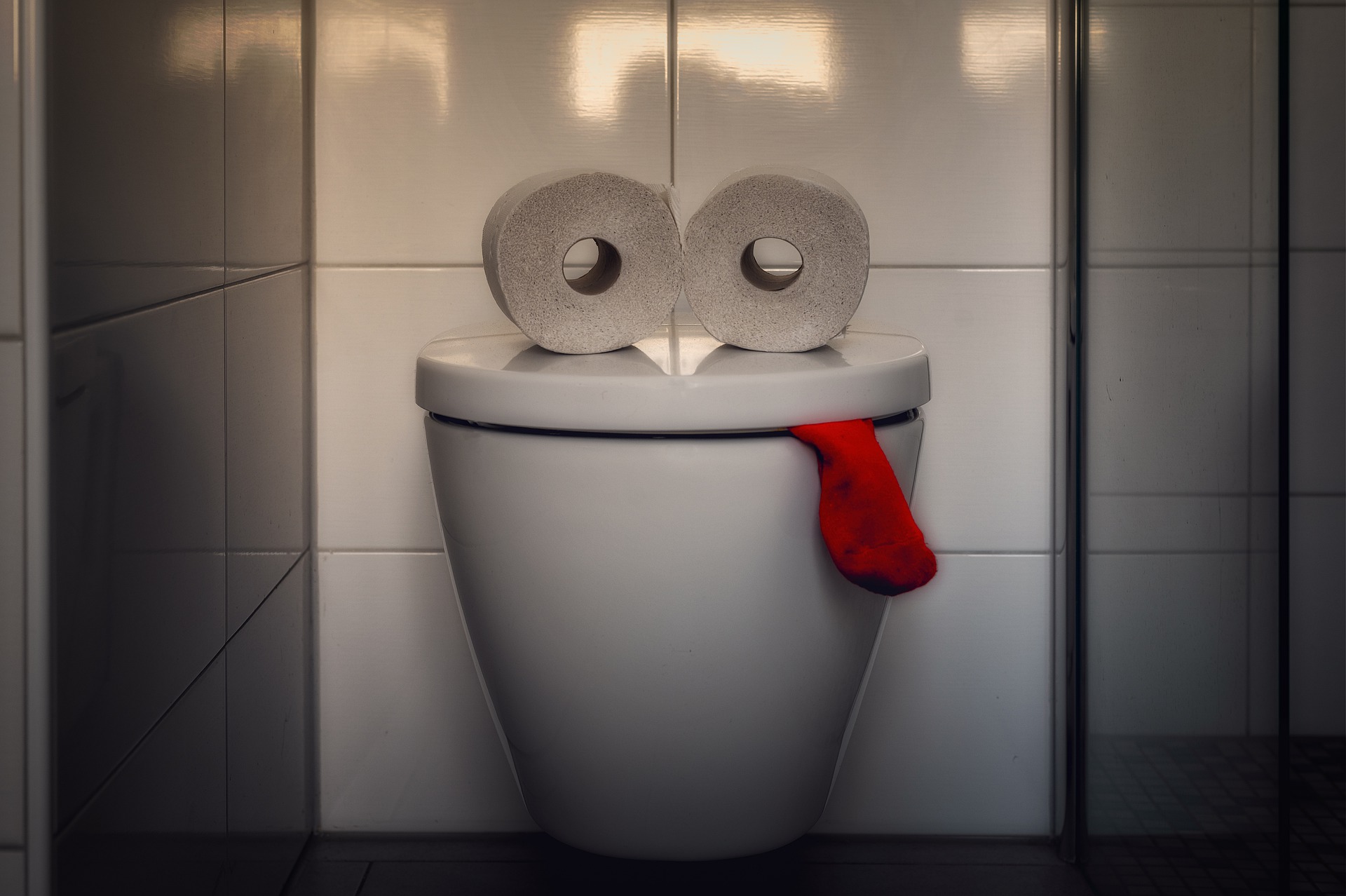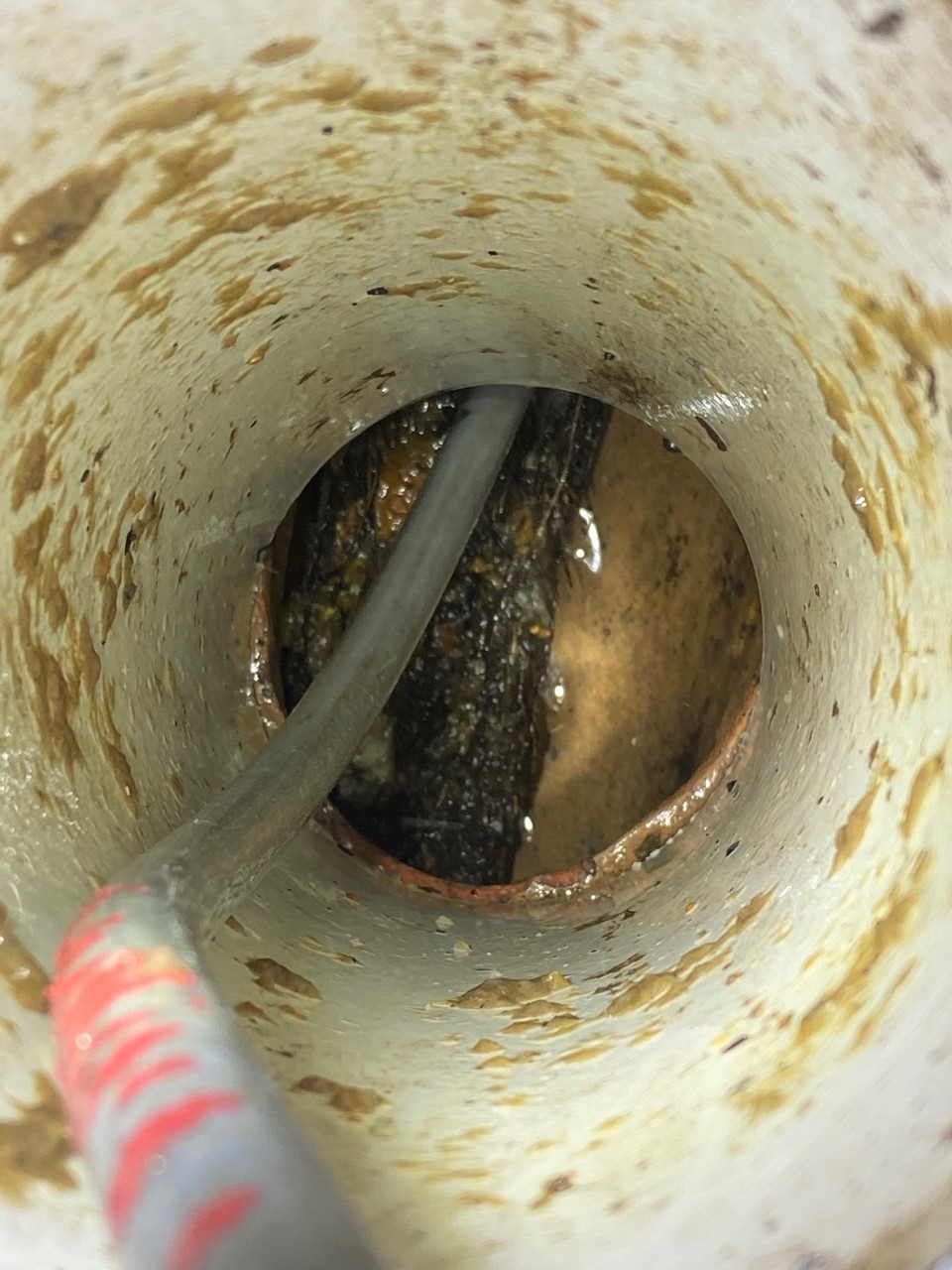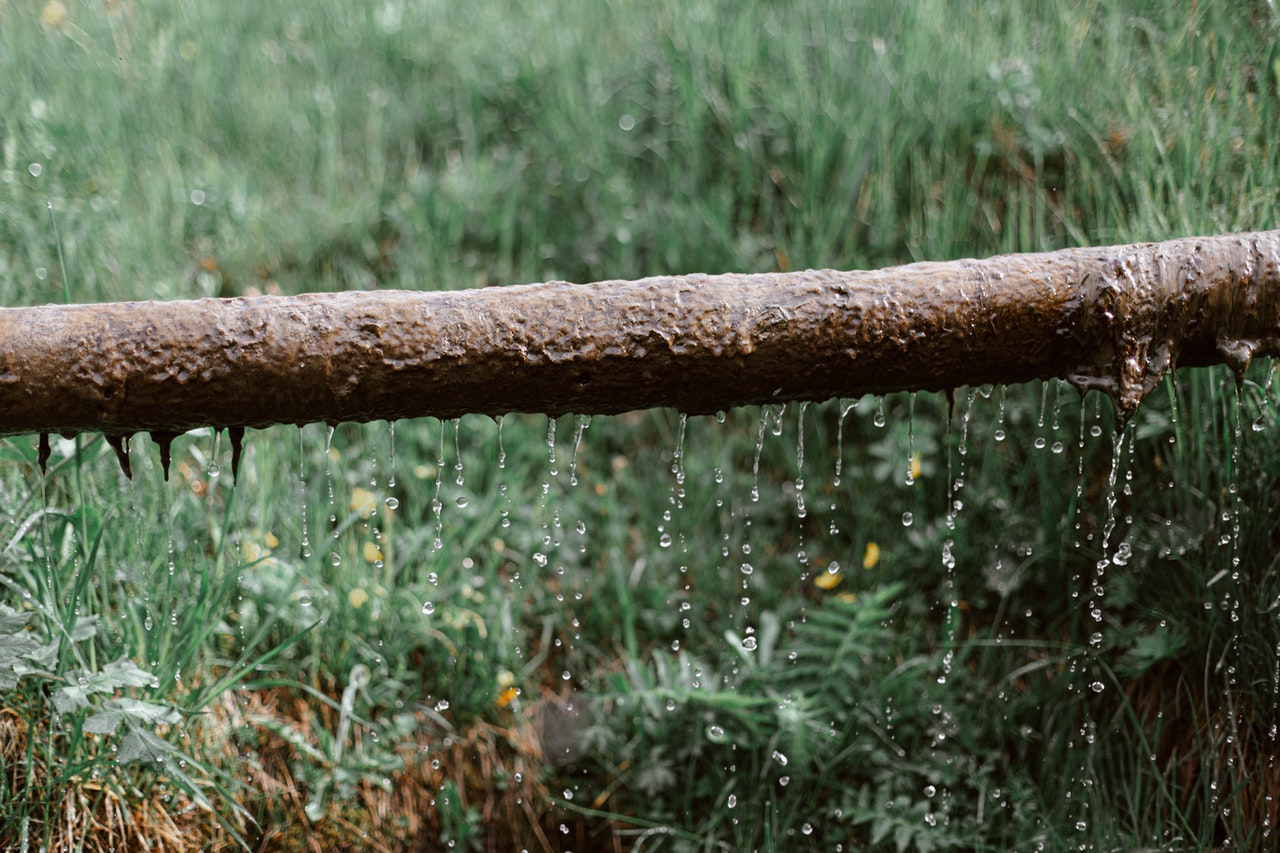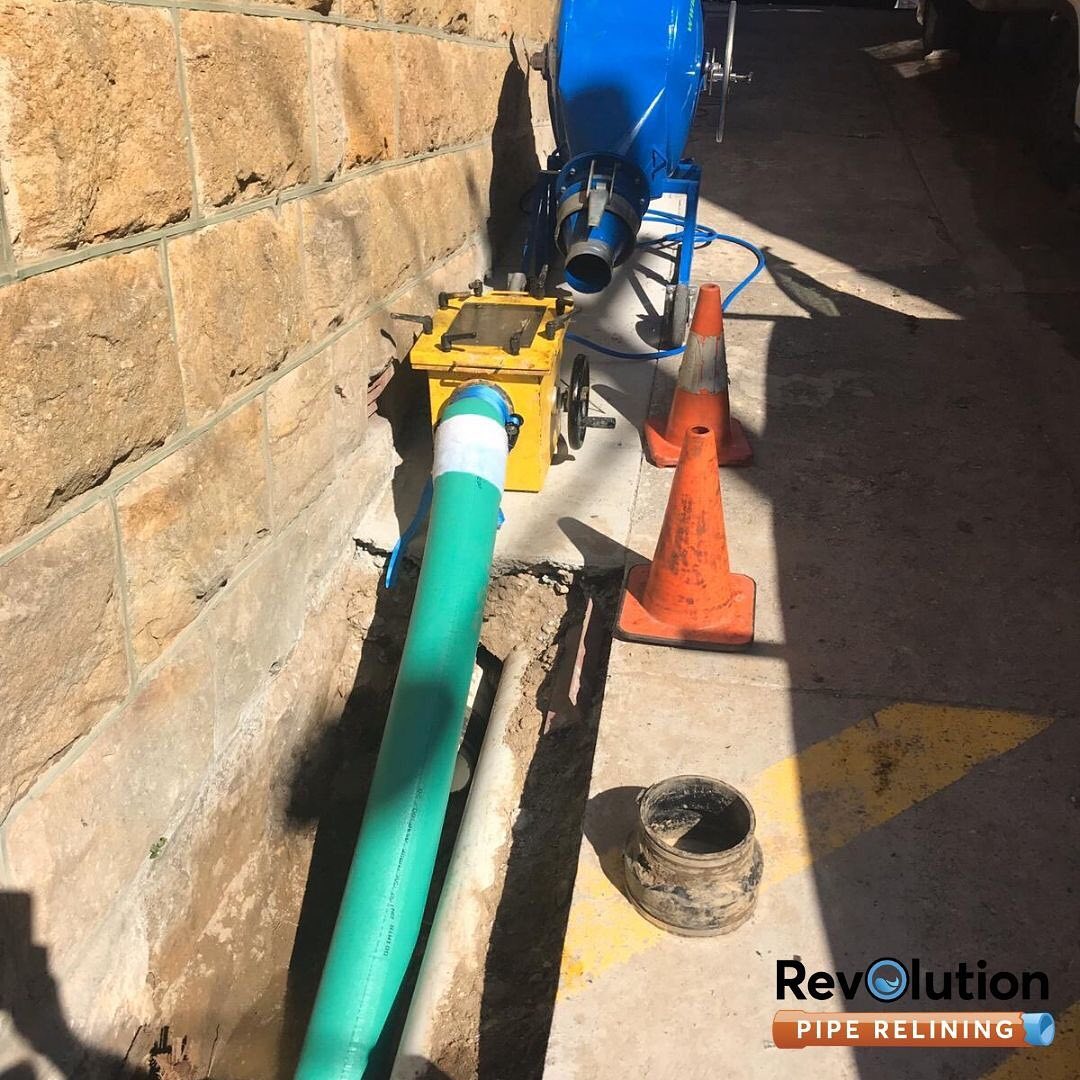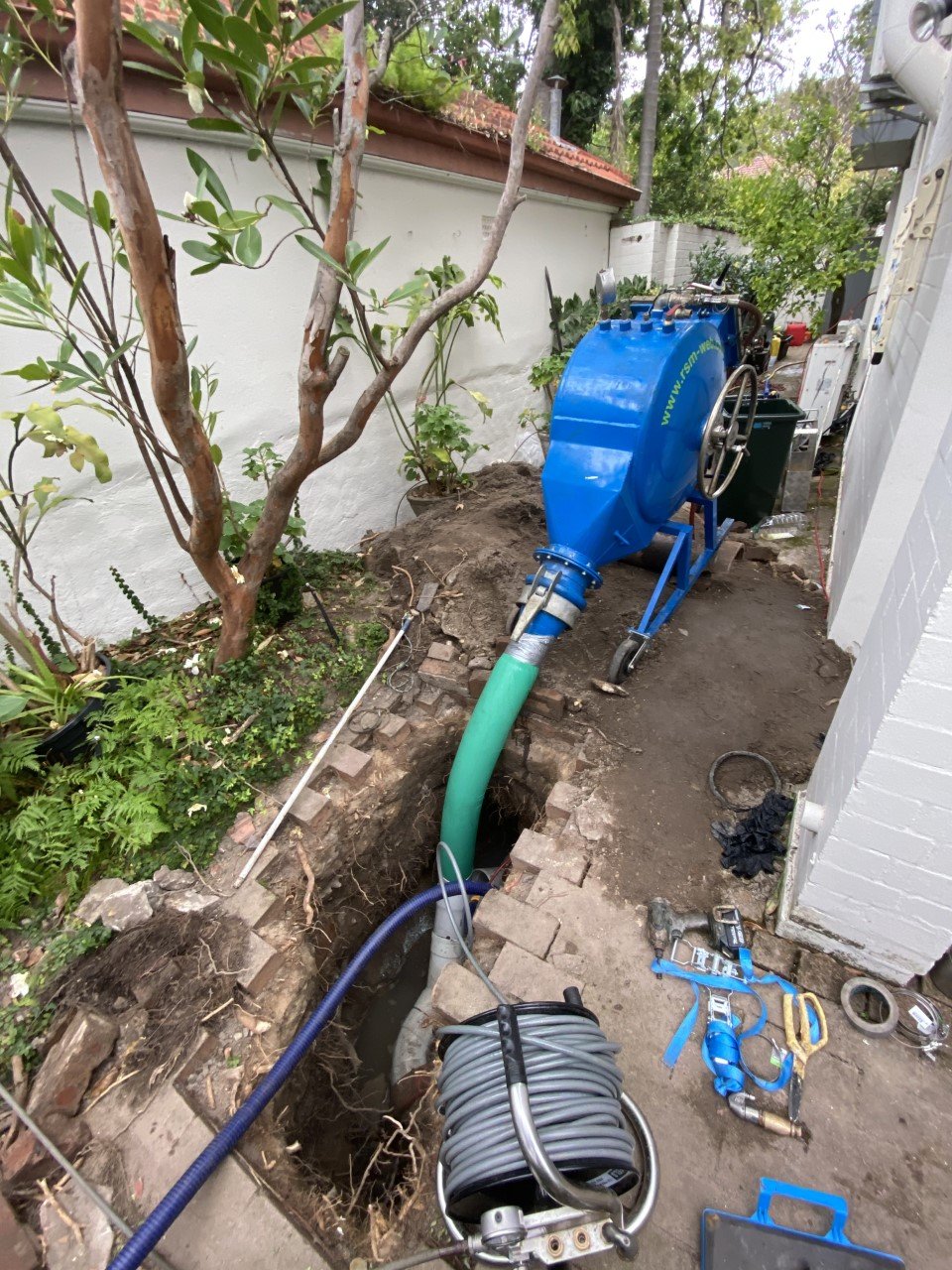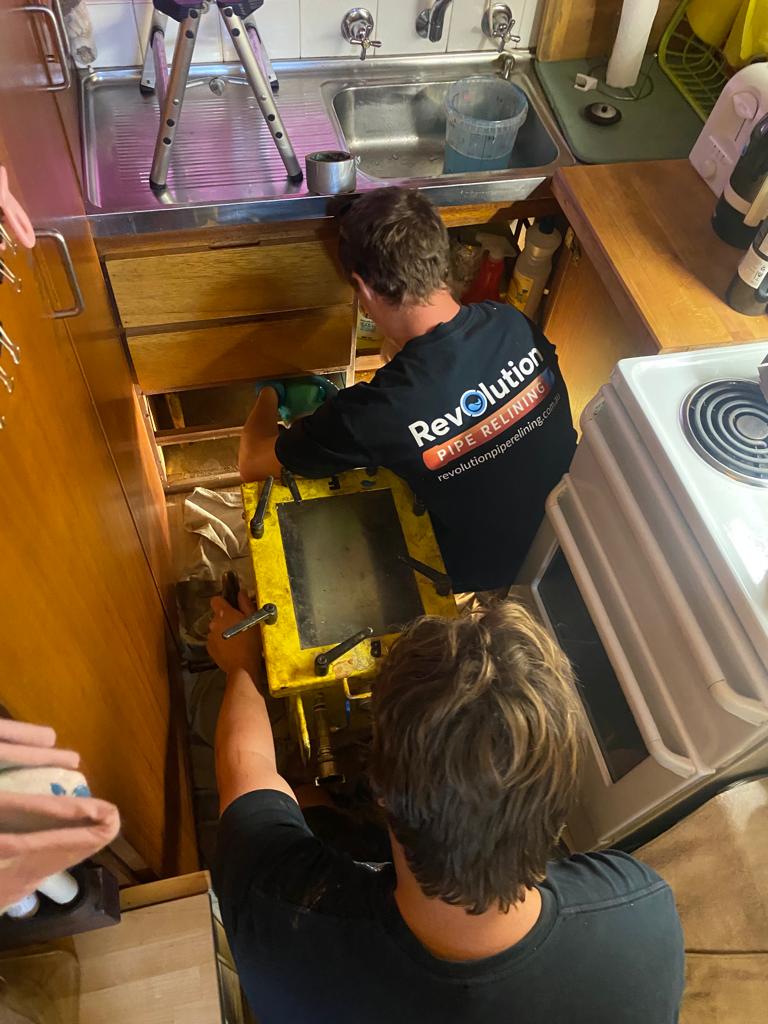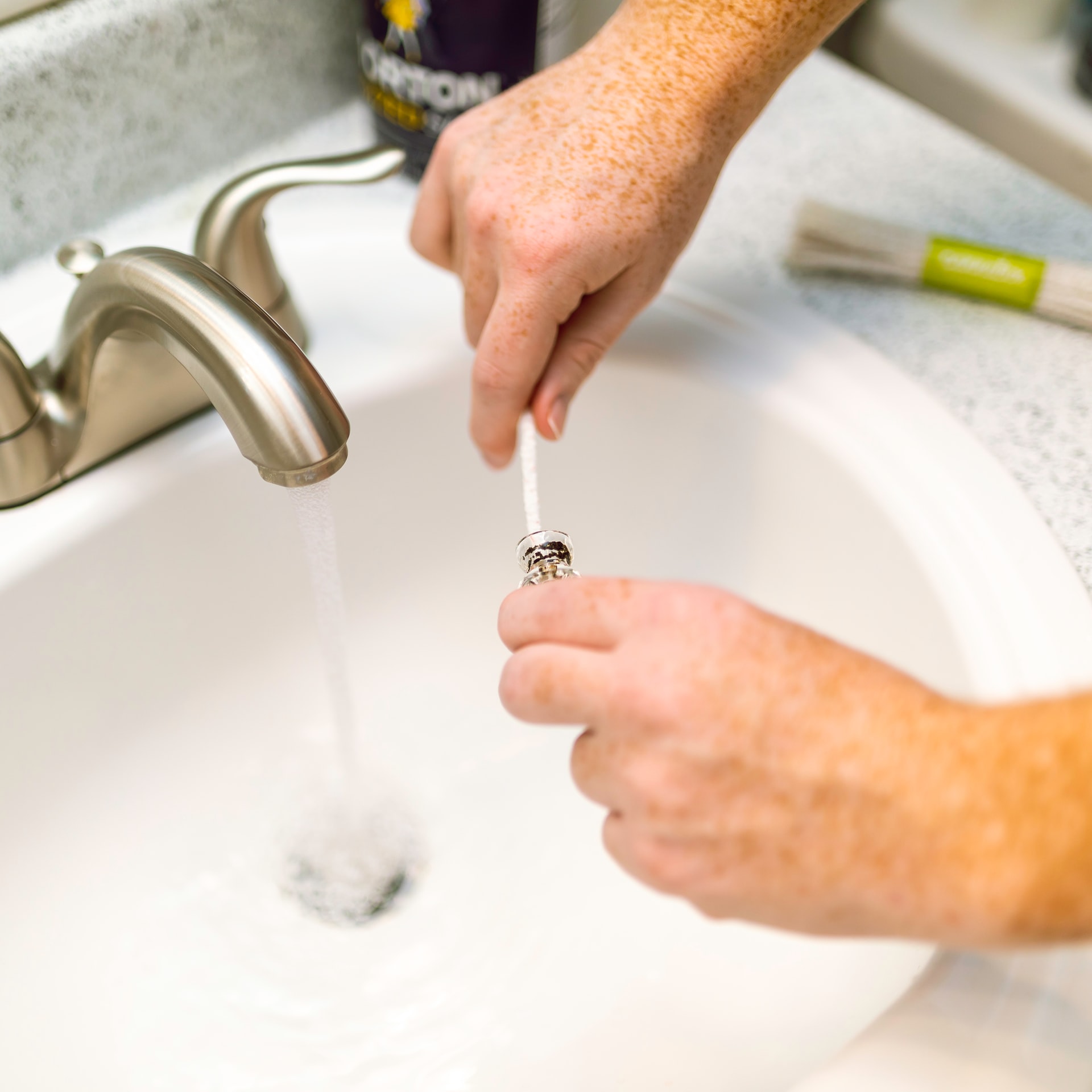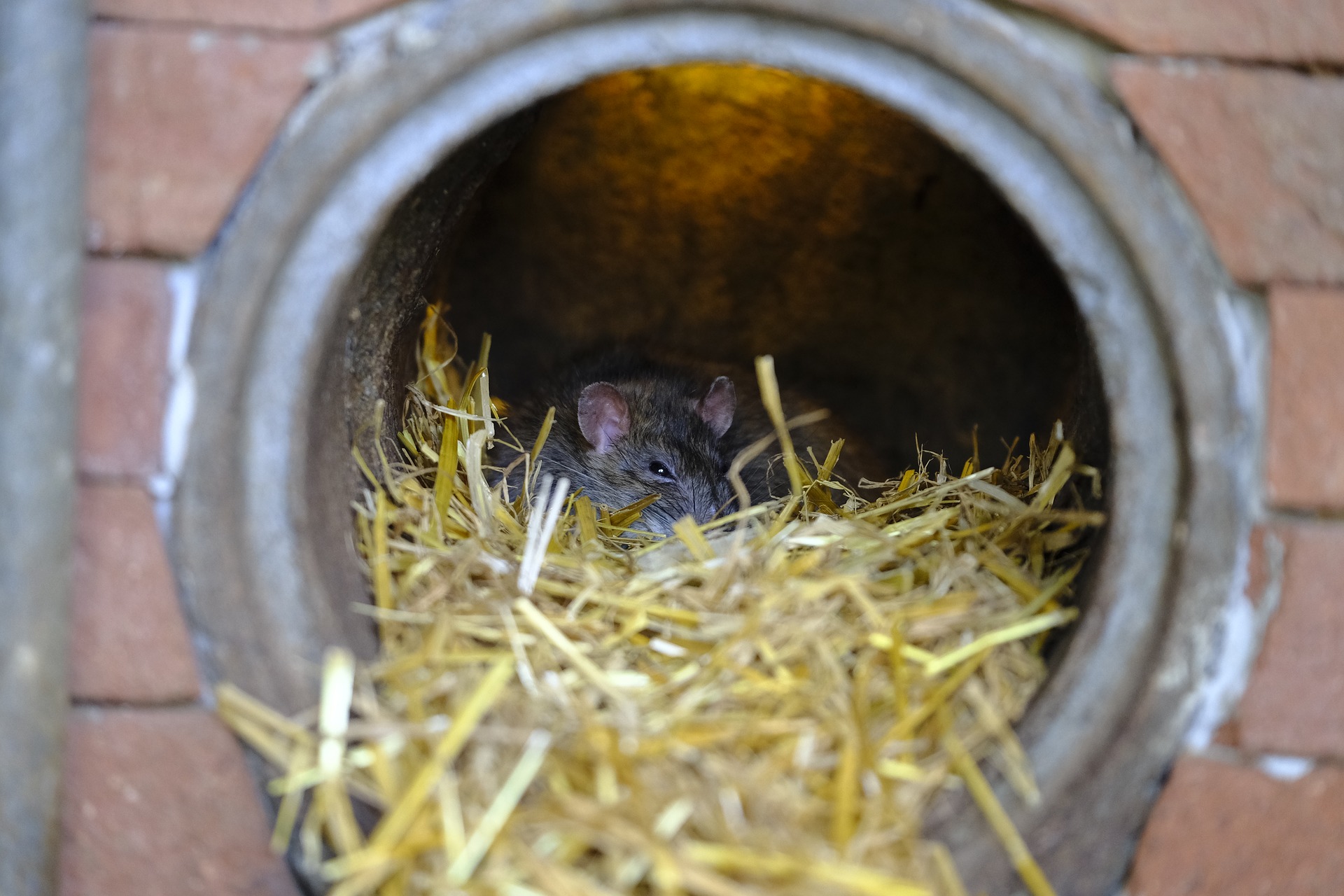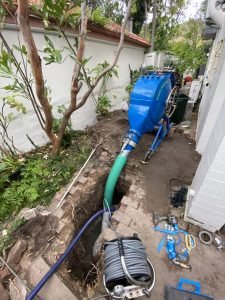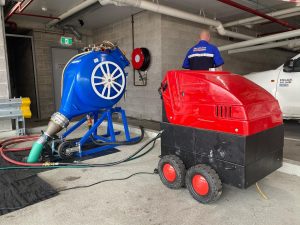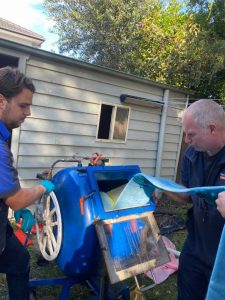Practical Tips to Clear Clogged Drains
- All plumbing systems develop clogs—there’s no way to avoid it. Sometimes, you just have to give it a shot to avoid further damage. Good thing clearing clogs is not that hard to always need an expert’s hands. Armed with the right tools and guide, it won’t be long that you’ll become a whiz on clearing clogs. To help you out with that, here are a few tips you can use to clear clogs the practical and safe way.

Reasons it’s Okay to Fix Clogged Drains Yourself
To avoid property/water damage – Sometimes, if you’re in a location where plumbers can take a long time to reach your home, you have no choice but to do what you need to do to remedy the situation before the plumber arrives. If it’s just a minor clog problem, like clogs in your sink drain, you may be able to handle the situation by using a plunger or an auger. But if it’s something further down the drain, better call a professional to avoid making the problem worse. Sometimes, there’s more to clog than what your eyes can see. What you see maybe just the tip of the iceberg, like an overflowing drain, but the real problem is down the line where a massive clog is blocking the pipe.
If you have the right tools – If you have the right tools at your disposal and you know how to use them properly and safely, there shouldn’t be any issues in clearing the clogs yourself. Take for example clearing clogs in the shower caused by a buildup of hair. If you got good skills at using a plumber’s snake to remove the hair near the drain opening, have a go at it. Don’t give the hair an opportunity to make it through your sewer line or your hair will ball up, trap debris and dirt to make a massive clog.
If it’s something you can handle – Some clog problems may be easy to fix, but if you don’t have a handle on the problem, don’t wait any further but call the professional. A clog that is improperly fixed may cost you more to repair than when you hire a plumber the first time. Quick tip, if you have an idea what is causing the clog, it’s within arm’s reach, then it’s okay to make an attempt. Most minor clogs can be cleared with a plunger. But, if your first attempt with a plunger didn’t work, try repeating the process and this time maintain a good suction all throughout the motion. If the plumber didn’t work magic, then that’s your sign that it is possibly a clog that requires more than just a plunger to clear away.
Practical Ways To Clear Clogged Drains
- Waiting for a plumber to come by can sometimes be frustrating especially if you’re in the middle of an emergency that can’t be delayed. If you have the items below always at your disposal, you might just be in luck to clear the clogs yourself. If this is your first time, do not worry, if you are committed to clearing the clogs, you’ll learn your way and you’ll be able to do it successfully. So let’s get started.
- What you need:
Plunger (Flat or Flange)
Plumber’s snake
Boiling water
Dishwashing soap
Salt
Baking Soda
Vinegar
- IN THE KITCHEN
- Most kitchen drain clogs do not occur all at once and right away. Grease, fats, oil, gunk, and dirt take time to completely bind together to form a clog. It is the pesky consequence of dumping your favorite oily leftovers in the drain instead of the wastebasket. But, the world doesn’t end when your kitchen sink stops draining the water away. If you have plumbing tools sitting just under your sink, now is the time to take them out and try these steps.
- Using a plunger – Get a flat plunger and place the cup on the drain opening. If you’re using a flange type, make sure to fold the soft rubber cup. Make sure there’s enough standing water to submerge the plunger. The water will help create a vacuum that will make it easier for the plunger to dislodge the clog. Ensure a good suction between the plunger and the drain. Pump the plunger and maintain a good suction while doing the motion. You will know if you’ve successfully cleared the clog when the water starts to move or make some flushing motion.
- Using boiling water and dishwashing soap – If the plunger didn’t do the job, there’s a great chance that clog is caused by grease that is caking your pipe and holding up other debris, food waste, and dirt in place. Whether this is the case or not, it would still make sense to give boiling water and dishwashing soap a shot, because even tiny drops of oil in your kitchen sink can over time harden in your pipe. Clearing out these sticky and nasty build-ups sooner will help you prevent most future clogs. Remove any standing water first. Now pour a small amount of dishwashing in the drain. Wait for at least 5 minutes to allow the dishwashing soap to loosen the clog. While waiting, boil just enough water for 5-10 minutes. Pour boiling water down the sink drain. Finally, run water on the drains to see if you have successfully cleared the clogs. You will know you did a great job of clearing the clog when the water starts to clear away.
- Using baking soda and salt mixture – With your kitchen staples, you might just be able to clear the clogs with great success. Clear any standing water first and pour about 8 ounces of baking soda into the drain, followed by an equal amount of vinegar. If you wish to use baking soda and salt mixture, combine a cup of baking soda, and a half cup of salt poured down the drain. Whichever mixture you feel like giving a go, give it time to sit for several hours first or overnight and flush with boiling water. Letting it sit for several hours will allow the reaction of the mixture to work its way in loosening the clogs. Run the water for 2-3 minutes and see your drains back in order.
- Using a plumber’s snake – If neither the plunger nor the boiling water clears the clog, a plumber’s eel can be your final weapon. But you just have to be careful when using it, especially when you’re unclogging a porcelain sink. Make sure you’re using the right size for the clogs you’re trying to clear away. Using the wrong size could cause the snake to curl up on itself and scratch the insides of the drain or your porcelain sink. Unless you want to break your sink or create more trouble, only use this tool at home when you know it’s something you can expertly handle.
- IN THE TOILET
- A toilet is meant to last a long time, but from seeing a lot of use daily, it’s no surprise that it will wear away and start to develop clogs. Good thing that most blocks in the toilet are manageable with simple plumbing tools and it’s not as tricky as you might think.
- Using a plunger – There is no trick in using a plunger to unclog a toilet. To get started, make sure to extend the flange at the bottom of the plunger cup to ensure the plunger can fully latch around the toilet opening. Hold the handle straight up and start working your way in creating a rapid pumping motion to send reliable pressure down the drain and loosen the clogs. But, bear in mind, using a plunger also needs extra care. Don’t thrust so hard as you might damage the seal between the toilet and the floor, leading to leaks. When the water is trying to drain away, that’s your indication that you’ve successfully got rid of the clogs.
- Using a plumber’s snake – Clearing clogs in the toilet is something you might never imagine doing, but sometimes we run into situations where the only way to fix the problem is to do it yourself. You don’t want other people to see your waste swimming in the toilet, don’t you? If you can temporarily get past the clog, why wait for a plumber? If the plunger didn’t do the job, get your plumber’s eel, and let’s get working. Insert the snake’s end down the drain and start rotating the handle; As the snake rotates, the auger moves farther down the drain and touches the clog. Rotate the snake against the blockage until you feel the resistance loosening and clearing away. If the clog is a solid object, the auger head can get caught on the object. If twisting the handle seems to be getting harder and you can’t feel the snake breaking through the clog, pull it out instead. There’s a great chance that you’ll likely pull the clog with it. Now, run the water full force to see if it’s flushing now.
IN THE SHOWER- Your shower is another place for slow or clogged drain. So it’s important that you should also know how to get past the clog or clear the clogs as soon as it happens. You can get an idea of our tips above and you can pretty much avoid soaking into ankle-deep water in the long run.
- Use a flat plunger in clearing clogs with a plunger in your shower drain. Flat plungers are effective at clearing clogs in flat surfaces. You can follow the same steps as clearing clogs in the kitchen above. But if the steps won’t work, you can also try your luck with a plumber’s eel.
When all of these fail
You might have just put your drain back in order but no one knows, including you if the problem will not come back anymore. Sometimes, some drain issues can stay undetected by naked eyes, no caution or warning at all, but require emergency repair.
If you don’t want to run into the same problem again, call Revolution Pipe Relining, your trusted drain pipe relining expert in Sydney. We understand that being able to solve the problem yourself is both an achievement and a savings, but if it will not permanently fix the problem, then you’re just giving your drains an opportunity to become a money pit. Why? If clogging problems recur, that means, there’s more to it that requires the expertise of the drain relining companies Sydney. What you think might be just a simple clog is already a collapsed pipe, or a broken pipe blocking the flow of the water and sewage.
Companies that offer pipe relining services Sydney can inspect the real condition of the pipe through camera inspection and perform pipeline relining on broken sections. We can also clear all types of clogs away with our high-pressure water jet so your broken pipe is not only rejoined but also clog-free.


